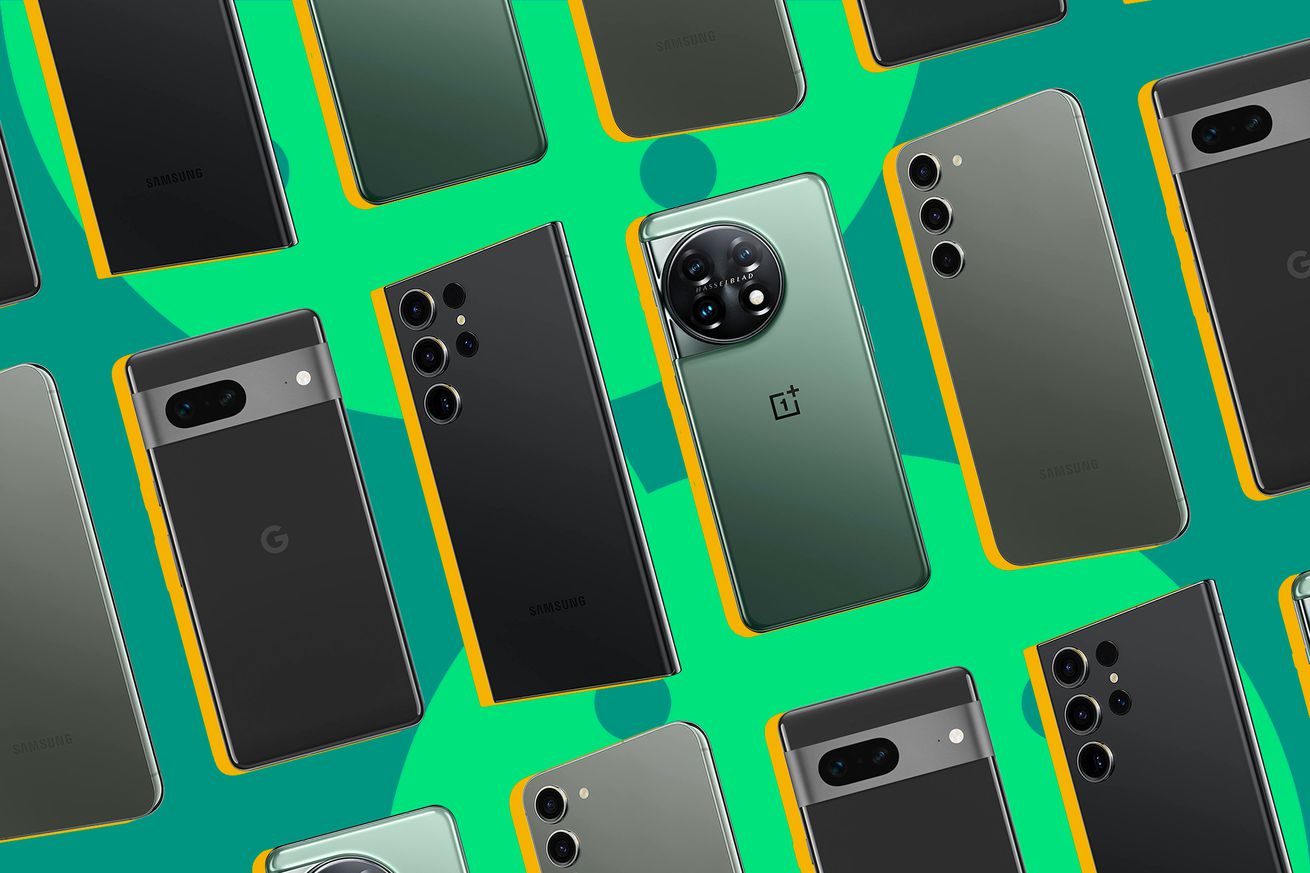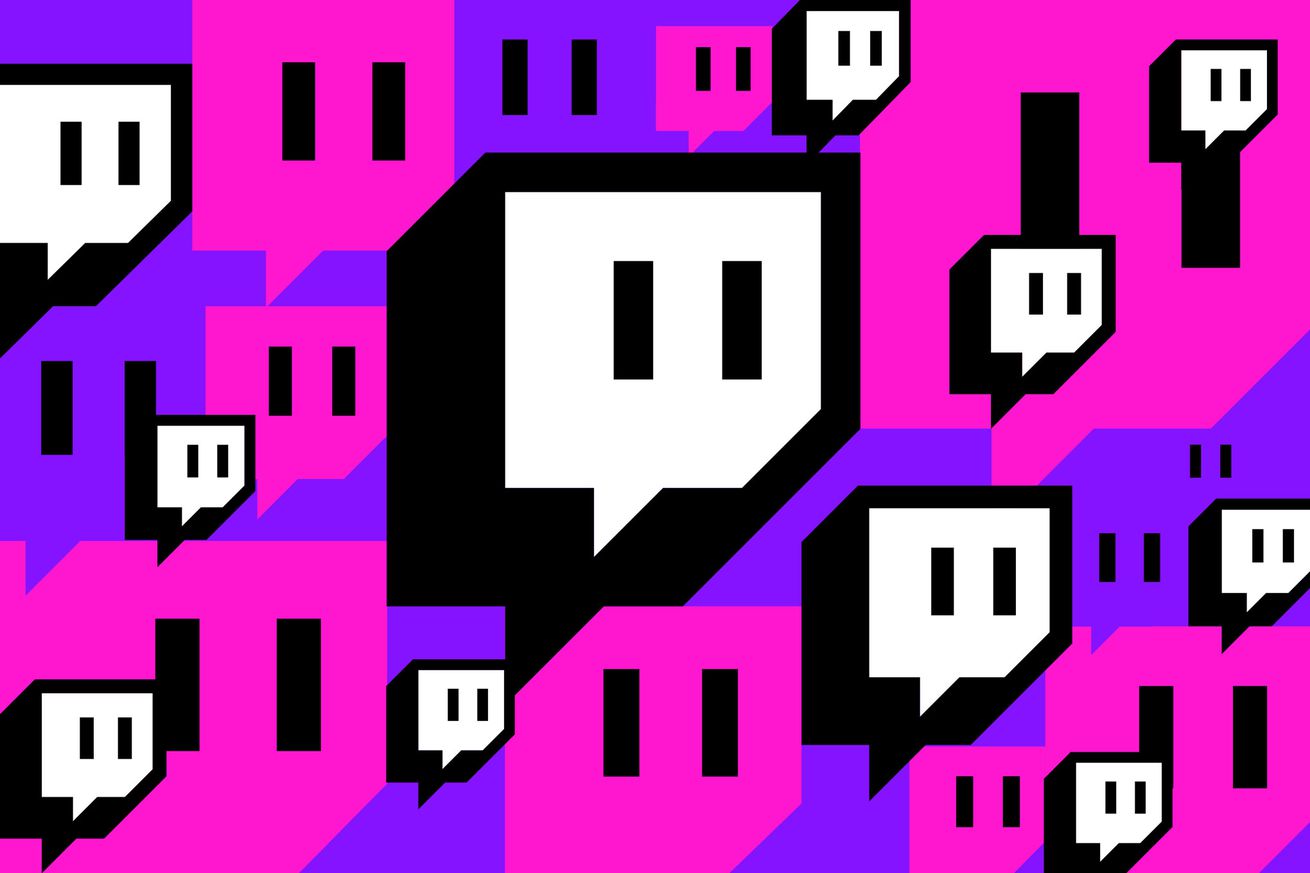
It’s hard to fault the breadth of content Konami has included in its tantalizingly-named ‘Vol. 1’ collection. Just don’t go in expecting many modern upgrades to these decades-old titles.
When discussing his inspiration for the original 1987 Metal Gear game, series creator Hideo Kojima has often referred to the limitations of the MSX2 system it was designed for. With hard limits on the amount of sprites the machine could show on screen and limited support for scrolling graphics, the designer decided to make a game that eschewed all-out combat in favor of the stealth gameplay that would go on to define the Metal Gear franchise.
I thought about this design philosophy a lot while working my way through the Metal Gear Solid: Master Collection Vol. 1, a sprawling collection of games from the Metal Gear series that spans nearly two decades. I played the collection on the PS5, but it’s also available for the Xbox Series X and S, PC, Nintendo Switch, and PS4.
Obviously, the hardware most of these games were made for was not nearly as limited as the original MSX2. But throughout his career, Kojima has often designed his games with specific hardware in mind, whether it’s the wired controllers of the PS1 or the Blu-ray disc drive of the PS3. These features make porting a game like the original Metal Gear Solid to other consoles trickier than your average rerelease.
/cdn.vox-cdn.com/uploads/chorus_asset/file/25018670/metal_gear_solid_master_collection_vol_1_screenshots_agp5.jpg) Image: Konami
Image: Konami
But let’s back up a second. The $59.99 Master Collection Vol. 1 doesn’t just include the original Metal Gear Solid. It bundles together anywhere from half a dozen to a dozen or so different releases from the series, depending on how you count them, covering most (but not all) of the games between the original 1987 Metal Gear and 2004’s Metal Gear Solid 3: Snake Eater. So you get the original two Metal Gears from the MSX2, Metal Gear Solid from the PlayStation, and its two sequels — Metal Gear Solid 2: Sons of Liberty and Metal Gear Solid 3: Snake Eater — from the PlayStation 2.
Then there are additional curios like the NES version of the original Metal Gear and its non-canonical sequel Snake’s Revenge, the graphic novel adaptations of MGS1 and 2, and three extra Metal Gear Solid releases containing extra content like VR missions (VR in the sense that the characters are in virtual reality training simulations, I should note, not that they’re played on a VR headset).
It’s a pretty exhaustive collection. Yes, if you want to split hairs, it would have been cool to get the GameCube remake of the original Metal Gear Solid, Twin Snakes, or the Game Boy Color game known as Ghost Babel. But even I’m resigned to the fact that Konami had to draw the line somewhere, and I guess there’s always the implicit second volume of the Master Collection to look forward to.
Twenty years on, I think the core Metal Gear Solid trilogy titles remain three of the greatest action-adventure games ever made. They not only pushed the boundaries of the kind of cinematic storytelling that games are capable of, but revisiting them, I was also surprised by how well their core gameplay — that compelling loop of hiding, sneaking, and boss fighting — holds up. There’s even a lot to like about the relatively unloved middle child in the trilogy, Sons of Liberty, even if my wireless controller did occasionally go to sleep during its particularly lengthy cutscenes.
/cdn.vox-cdn.com/uploads/chorus_asset/file/25018673/screenshot_mgs2_1_1684982806233_ausv.jpg) Image: Konami
Image: Konami
It’s tough to talk about the specific changes that Konami has made to these three games as part of this Master Collection release because unless you’re really paying attention, it’s easy to miss them.
Sometimes, that’s a good thing because of how well-integrated the limited changes are. There are button prompts that have been updated to match modern controllers while keeping the style of the original game. As an example, just look at how period-appropriate and low-res the PS5 replacement for the “Start” button prompt on the main menu for Metal Gear Solid is.
/cdn.vox-cdn.com/uploads/chorus_asset/file/25018674/IMG_4914.jpg) Screenshot by Jon Porter / The Verge
Screenshot by Jon Porter / The Verge
But, as I alluded to in my introduction, there are limits to how far this restrained approach can take you with Metal Gear Solid, a game firmly designed with the original PlayStation in mind. Characters will verbally tell you to press buttons that don’t exist on your controller and use controller ports that don’t exist on your console. And, naturally, there’s the infamous puzzle that asks you to look at the back of the game’s original PS1 CD case for the solution.
Konami has done enough to ensure that none of Metal Gear Solid’s fourth wall-breaking features aren’t also game-breaking in the Master Collection. You can toggle a menu overlay to switch the virtual controller port that your gamepad is plugged into if need be, and there are even virtual versions of the games’ retail boxes so you can look at their backs.
(Plus, as a brief aside, I do want to mention what might be the coolest inclusion in the entire Master Collection, which is that it’s possible to create dummy save data for a range of Konami PS1 games like Castlevania: Symphony of the Night and Vandal Hearts to sit on your virtual memory card while you play through Metal Gear Solid. The option is a little buried in the “Manage Saved Data” menu, but it’s worth doing before you start the game.)
From a technical perspective, Metal Gear Solid feels every bit like an original PlayStation game. Konami may have listed its frame rate as 30fps, but in practice, it often feels much slower, and its original resolution is so low that running it on a modern 4K TV gives its graphics a shifting, wavy quality.
/cdn.vox-cdn.com/uploads/chorus_asset/file/25018679/screenshot_mgs1_4_1684982806233_vzrk.jpg) Image: Konami
Image: Konami
There’s something to be said for prioritizing an authentic recreation of the original game rather than attempting to upgrade and improve upon it. Just look at the messy Grand Theft Auto remasters for an example of how this approach can go wrong. It is, I think, a very good thing that Metal Gear Solid is now playable in its (mostly) original form on modern hardware.
But it’s interesting to compare this approach with the versions of Metal Gear Solid 2 and 3 that have also been included in this collection, which are a great example of how you can remaster and update classic games while keeping true to their original vision. These two games are both based on the HD remasters from Bluepoint released in 2011 for the PS3 and Xbox 360. Although Konami hasn’t upgraded them to support newer features like 4K, I felt like their HD presentation held up just fine on a modern TV.
Obviously, there’s a bigger gulf to cover if you were to try and modernize the original PlayStation-era graphics of MGS1 in a similar way — and that’s before you get into all its explicit references to the original hardware it was designed for. But it seems a shame not to see even technical enhancements like widescreen support, if only as an optional extra.
/cdn.vox-cdn.com/uploads/chorus_asset/file/25018686/screenshot_mgs3_4_1684982806235_nr4b.jpg) Image: Konami
Image: Konami
Beyond the games themselves, there’s a host of additional Metal Gear content. There are scripts to flip through, a digital soundtrack, and a series of virtual “Master Books” to browse that offer plot summaries, background information on the game’s characters, and even guides to the many easter eggs they contain.
But the odd thing about these Master Books is how they gloss over Hideo Kojima’s role in a franchise that he prominently helmed for almost three decades until his acrimonious split with the company in 2015. In one of the Master Books, we’re told that “in the late 1980s, action games were designed around taking out enemies” and that “Metal Gear turned this concept on its head,” but there’s no mention of the director and team that actually made this happen.
This highlights my core complaint with the Master Collection, which is that, in the absence of the creative forces that shepherded the franchise for almost three decades, Konami has chosen to play things as safe as possible. Rather than make creative decisions about how to tweak and modernize these games, the company has essentially opted out and pursued authenticity at all costs.
I’m not going to say I’m disappointed with the results. I think it’s great that such a huge swathe of Metal Gear history is now readily available and easily playable on modern systems. But there’s also a part of me that thinks Konami missed an opportunity to give Metal Gear Solid in particular a fresh coat of paint and update it for a modern audience.
My hope, now that Konami has preserved the games exactly as they were before Kojima left the company, is that this will allow the publisher to take more risks with the future of the franchise. With a full-on remake of Snake Eater named Metal Gear Solid Δ waiting in the wings, maybe we’ll see some bolder swings sooner rather than later.

/cdn.vox-cdn.com/uploads/chorus_asset/file/24994618/DSC05651_alt.JPG) Photo by Allison Johnson / The Verge
Photo by Allison Johnson / The Verge
/cdn.vox-cdn.com/uploads/chorus_asset/file/24453460/DSC04420_processed.jpg) Photo by Allison Johnson / The Verge
Photo by Allison Johnson / The Verge
/cdn.vox-cdn.com/uploads/chorus_asset/file/24431318/DSC04309.jpg) Image: Allison Johnson / The Verge
Image: Allison Johnson / The Verge
/cdn.vox-cdn.com/uploads/chorus_asset/file/24840077/DSC05301_processed_alt.JPG) Photo by Allison Johnson / The Verge
Photo by Allison Johnson / The Verge
/cdn.vox-cdn.com/uploads/chorus_asset/file/24785448/DSC04957_processed.JPG) Photo by Allison Johnson / The Verge
Photo by Allison Johnson / The Verge


/cdn.vox-cdn.com/uploads/chorus_asset/file/25018975/Bart_homescreen.png)

/cdn.vox-cdn.com/uploads/chorus_asset/file/25015834/zenfone_vs_iphone_vs_galaxy_size.png) Images by CompareSizes.com
Images by CompareSizes.com
/cdn.vox-cdn.com/uploads/chorus_asset/file/25016286/iphone_compare_sizes_0.png) Images by CompareSizes.com
Images by CompareSizes.com
/cdn.vox-cdn.com/uploads/chorus_asset/file/25015968/pixel_iphone_size_compare_3.png) Images by CompareSizes.com
Images by CompareSizes.com
/cdn.vox-cdn.com/uploads/chorus_asset/file/25015531/xperia_compare_sizes_2.png) Images by CompareSizes.com
Images by CompareSizes.com
/cdn.vox-cdn.com/uploads/chorus_asset/file/25015661/flips_compare_sizes_4.png) Images by CompareSizes.com
Images by CompareSizes.com
/cdn.vox-cdn.com/uploads/chorus_asset/file/25016398/moto_x_vs_z_flip.jpg) Photo by Sean Hollister / The Verge
Photo by Sean Hollister / The Verge
/cdn.vox-cdn.com/uploads/chorus_asset/file/25014434/ben_bryant_discord_small_phone_time.jpg) Screenshot by Sean Hollister / The Verge
Screenshot by Sean Hollister / The Verge
/cdn.vox-cdn.com/uploads/chorus_asset/file/25016384/galaxy_z_flip_5__raptor_grip_sean_hollister.jpg) Photo by Sean Hollister / The Verge
Photo by Sean Hollister / The Verge





